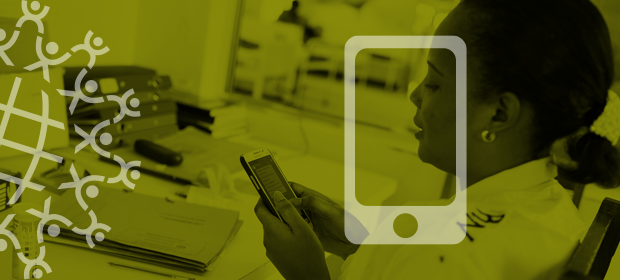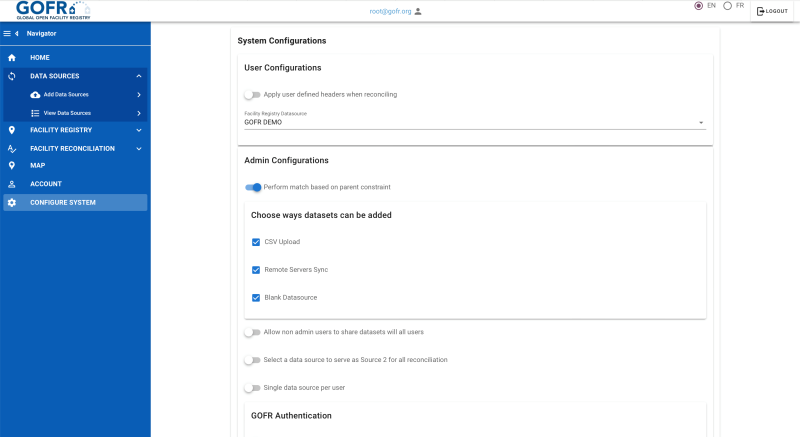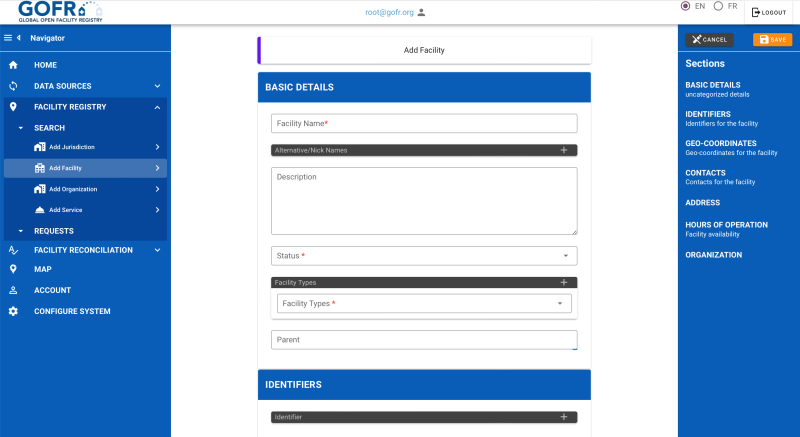Where We Work
See our interactive map


First find out where care happens.
To transform a population's health—including reducing costs and improving equity and outcomes—countries need actionable data. This means combining diverse data sources into coherent analytical tools. A common pain point for many of the governments and organizations we partner with at IntraHealth International is managing the ever-changing metadata about facilities, workforce status, the care provided, and supply chains. As the number of data sources grows, so does the complexity and burden for data managers, scientists, case officers, and analysts.
Knowing where care is provided, and what training, supplies, and equipment health workers have at their fingertips, is critical to managing foreseen and unforeseen public health events. For example, having data on how many beds each facility in a jurisdiction has available, can help officials plan for surge needs tied to pandemic response and preparedness.
Reliable information is also critical in the provision of routine care. In many areas around the world with unpredictable internet and electricity, the knowledge is available but it's fragmented and duplicative. There's a great deal of crucial information that officials simply can't access quickly. Health system managers and planners need to know their health workforce capacity and availability, the services offered at facilities, and other core data. Efficient referral systems also require this information and it must be accurate and up to date.
At the core of these big questions is how clients find care. That is, how do we figure out what types of health workers we need? How do we know where to find them? And how do we know when they might be available? This set of processes, called Care Services Discovery, requires harmonized data across the board. That’s why IntraHealth created an open-source digital good, the Global Open Facility Registry (GOFR). GOFR makes it possible to save time, improve accuracy, compare data sets, curate lists of facilities, and manage federations. Initially developed with funding from the Centers for Disease Control and Prevention, GOFR’s facility deduplication tool was used to support the PEPFAR Data for Accountability, Transparency and Impact Monitoring (DATIM) project to match 80,000 facilities across numerous administrative levels in 30 countries.
Most recently, under the Digital Square-funded Facility Registries Project, IntraHealth, along with partners TerraFrame and the University of Washington, developed GOFR into a feature-complete, shelf-ready Federated Facility Registry Platform, including geographic information system (GIS) and support for federations; advanced enterprise features for viewing, editing, and managing facility service offerings; integrated geo-registry; and interoperability with OpenMRS and the open electronic laboratory information system (OpenELIS) within the open Health Information Exchange (OpenHIE) architecture.

A screenshot of the GOFR homepage.

A screenshot of the GOFR configuration page.

A screenshot of the GOFR facility registry page.
Users can make any number of different lists of facilities in GOFR from spreadsheets or uploads in the standardized Fast Healthcare Interoperability Resources (FHIR) specification. Once the data are in GOFR, they can be reconciled with one another to create additional lists that are all accessible using simple web protocols. GOFR embraces the real-world requirement that there are actually many lists including the authoritative lists to conduct clinical and population reporting and lists for different purposes or that may be independent yet overlap.
GOFR is more than just a centralized or managed set of facility lists. It is a platform that is interoperable with federated systems to share information about care capacity by location. Because those systems have varying privacy and security requirements, granular permissions can be assigned for any data source.
GOFR has the features required to adapt it for an enterprise and has a permissive Apache 2.0 license. There’s a full-featured user interface to import and share data sources, perform manual reconciliation, and assign permissions. The GOFR backend is the industry standard HAPI FHIR Server, meaning that the API and backend engine are easy to understand for health IT organizations. The backend data structures are profiled according to the Integrating the Health Enterprise (IHE) mobile Care Services Discovery model so implementers can be assured they have predictable and flexible data models.
Within IntraHealth’s Digital Health ecosystem, GOFR is joined by iHRIS, a human resources platform that helps track and manage a country’s health workforce to help users make evidence-based, effective plans for deploying human resources where they're needed most. Its user-friendly interface and powerful data dashboards help decision-makers see and understand the current status of their health workforce by accessing data such as: which health workers are currently employed, who are qualified but not employed, and who are in training. Ministries of health, professional health councils, training institutions, and similar organizations then use this data to identify health workforce challenges and plan interventions accordingly.
GOFR and iHRIS transform population health by taking advantage of their interoperability with other analytical systems to predict a specific population's needs and proactively solve for workforce constraints. Knowing where care is provided, especially during emergencies and in resource-constrained environments, gives organizations the opportunity to truly transform population health.
Join us at digitalhealth@intrahealth.org and the OpenHIE Community of Practice to discuss your challenges and needs.
The development and testing of the Global Open Facility Registry was funded by Digital Square and PEPFAR and supported by members of several global digital health communities including OpenHIE.
Digital Square is a PATH-led initiative funded and designed by the United States Agency for International Development, the Bill & Melinda Gates Foundation, and a consortium of other donors.
Get the latest updates from the blog and eNews




